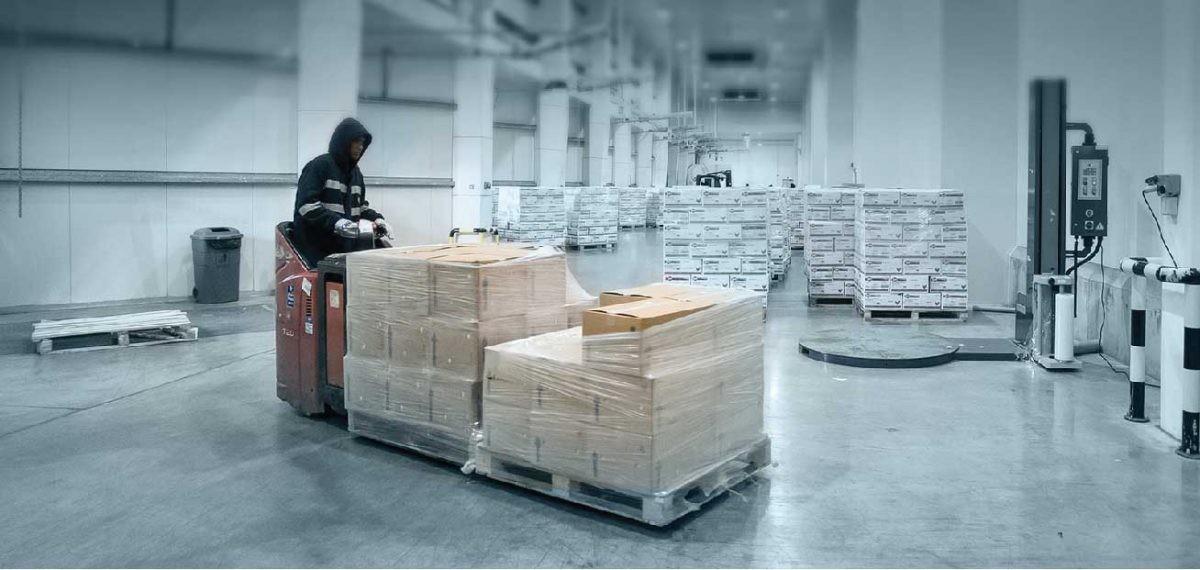Importance of Cold Chain Packaging
With the increased transportation of temperature sensitive products globally, cold chain packaging has become increasingly important. Cold chain packaging helps protect perishable products and ensure their quality and safety is maintained during storage and transportation. This article discusses the significance of cold chain packaging and highlights some key considerations in this area.
What is Cold Chain Packaging?
Cold chain packaging refers to specially designed packaging solutions that help maintain a controlled cold temperature environment for perishable products during logistics operations. These packaging solutions generally feature insulated containers and phase change materials that help products withstand temperature fluctuations and ensure they arrive at their destinations fresh and safe for consumption.
Common temperature sensitive products that require cold chain packaging include pharmaceuticals, vaccines, medical equipment, food products, flowers, and chemicals. For these products to remain viable for use, their recommended storage and transport temperature ranges, usually between 2°C to 8°C, must be maintained. This is where advanced cold chain packaging plays a vital role.
Types of Cold Chain Packaging Materials
There are various material types used in cold chain packaging based on product requirements:
Insulated Containers - Passive insulated packaging like coolers, refrigerated trucks and ships are commonly used. These rely on insulating materials like foams, gels or vacuum insulated panels to provide thermal protection.
Gel Packs - Also called phase change materials, these gel packs absorb heat during melting to keep products cool. On freezing, they release the heat slowly to maintain temperatures.
Refrigerants - Ice packs, frozen gel packs or eutectic plates are often used to provide an initial cooling effect during transport. Dry ice sublimates directly into carbon dioxide gas without leaving moisture.
Active Systems - Powered refrigerated containers or cool boxes use compressors, fans and cooling plates to precisely control temperatures electronically. These are suitable for long distance international shipments.
Factors to Consider for Effective Cold Chain Packaging Design
There are several critical factors to consider when designing packaging for the cold chain to maximize temperature control and product protection:
Insulation Quality - Higher R-values indicate better insulation properties. Foams, vacuum insulation or aerogels provide excellent insulation for minimal heat transfer.
Cooling Capacity - Gel packs or refrigerants must be appropriately sized to absorb or release sufficient heat over expected transit time durations.
Temperature Monitoring - Data loggers record and transmit temperature readings to ensure compliance with cold chain requirements throughout transport.
Leak Proof Construction - Cold chain packaging must be durable and prevent moisture, air or refrigerant leakage that compromises thermal performance.
Handling and Security - Designs address stacking strength, impact resistance and sealing to prevent damage or opening during multi-modal transit involving different carriers.
Tracking and Traceability - Packaging can be integrated with RFID, barcoding or blockchain for seamless tracking of shipments in transit.
Sustainability - Materials and manufacturing methods consider environmental impact with reuse, recycling or compostable options where possible.
Adopting advanced cold chain solutions designed with these factors in mind helps deliver temperature sensitive goods safely and efficiently to both domestic and global markets.
Regulatory Compliance of Cold Chain Systems
Stringent regulations worldwide govern the refrigerated transport of foods, drugs and other temperature controlled products. Compliance with standards ensures the efficacy, safety and quality of contents. Key regulations cold chain packaging must adhere to include:
- FDA/EMA/WHO standards for pharmaceutical cold chain systems including storage, handling and distribution temperature specifications.
- USDA/FSSAI guidelines on temperature controlled food shippers, cold storage warehouses, and food transport vehicles maintaining food safety.
- IATA/ICAO directives for air transport of dangerous goods like chemicals or biologicals requiring accurate record keeping of product temperatures in transit.
- ISO/GPSA certifications for adherence to thermal testing, design and performance norms assuring proper maintenance of cold chain throughout the supply chain.
Cold chain management systems adopting prescribed packaging, equipment, operating procedures and trained personnel can obtain necessary regulatory approvals and accreditations. This builds customer trust for temperature controlled logistics.
Future of Cold Chain Packaging
As global trade of perishables increases along with growing demands for traceability across supply chains, cold chain packaging technologies will keep advancing. Some emerging trends include:
- Wider use of smart/connected cold chain packaging integrated with IoT sensors for real-time temperature and location tracking via mobile/cloud networks.
- Advances in materials science allowing for lighter, more durable yet affordable insulated packaging achieving even tighter temperature fluctuation control.
- Increased adoption of reusable/returnable packaging pools and rental models for sustainability and cost optimization in cold chain networks.
- Growth in specialized 3D printed cold chain containers custom made for specific applications requiring precise temperature Uniformity during storage and handling.
- Implementation of blockchain along with sensors for enhanced supply chain visibility, authentication and immutability of cold chain records ensuring integrity.
Stringent cold chain packaging providing regulated temperature protection remains critical for preserving the quality, safety and efficacy of an extensive array of perishable goods during evolving global supply chains. Advancements in materials, technologies and track-and-trace capabilities will strengthen future cold chain systems supporting worldwide trade of temperature sensitive products.
For more details on the report, Read- https://www.trendingwebwire.com/cold-chain-packaging-trends-size-and-share-analysis/
Get more insights on this topic: https://masstamilan.tv/aluminum-casting-a-revolutionary-manufacturing-process/
